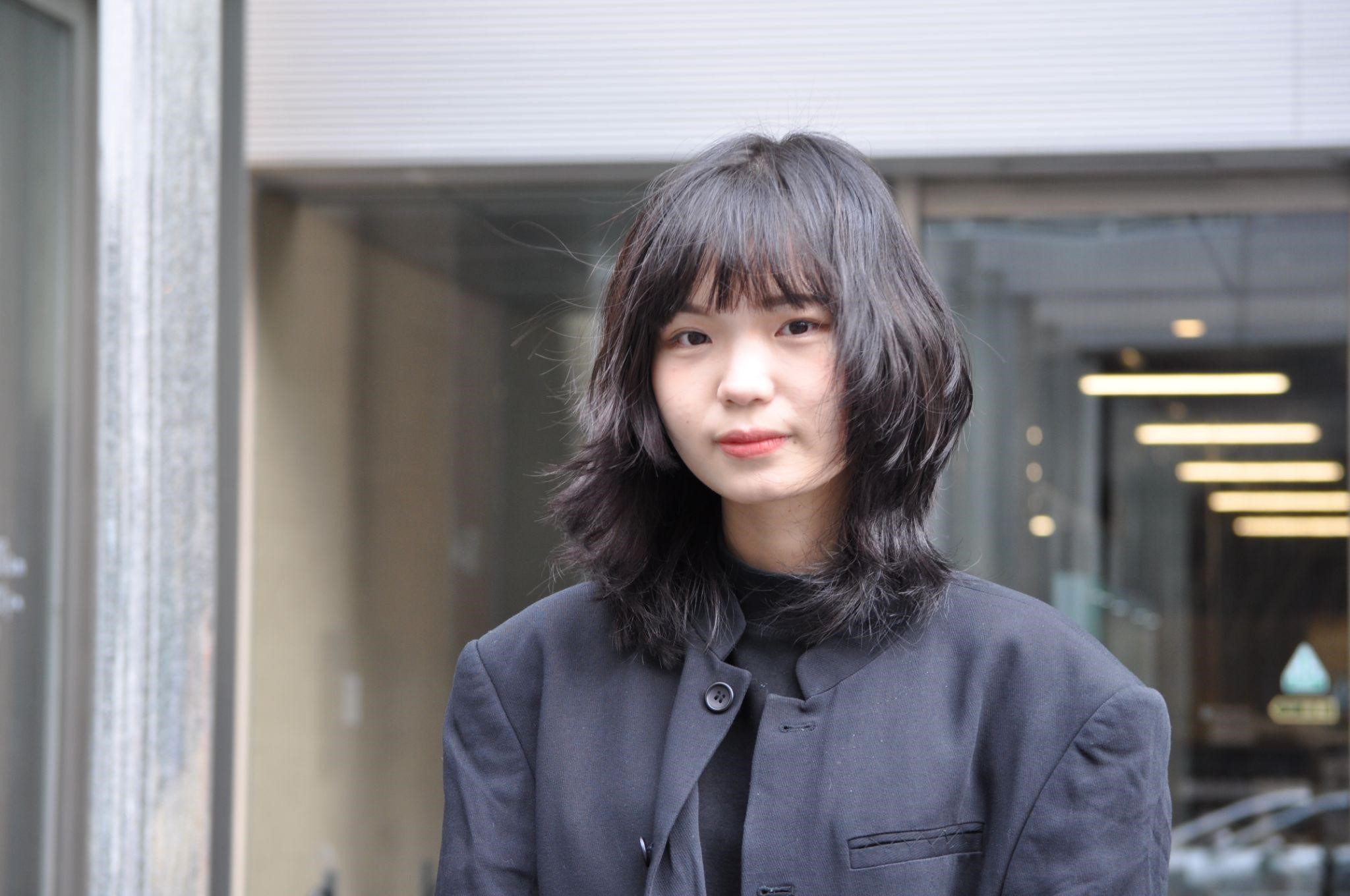Kyoto’s Global Companies: Then & Now
2022.10.19

Nintendo is the company responsible not only for the Super NES and the Switch, but countless games that are popular the world over. Did you know that its headquarters are located in the historic Japanese city of Kyoto? Today, Nintendo is strongly associated with video games, but at the time of the company’s founding, it was actually selling another product related to Japanese culture!
As with the case of Nintendo, Kyoto is home to many storied companies that have adapted to the times. In this article, we’ll be looking at the past and present of some companies with a long history in Kyoto, through the lens of Japanese culture.
Nintendo: Leading the world in entertainment

Nintendo’s history began in 1889, when it sold the Japanese card game hanafuda. During the Edo Period (1603-1867), kakegoto (gambling) was strictly prohibited, and there were few who sold items like cards that were used in betting games. In the Meiji Period, the ban on the sale of “Western karuta” (today’s playing cards) was lifted in 1885, and in the late 1880s, the production and sale of hanafuda cards was legalized as long as they were used only to play games. Fusajiro Yamauchi, the founder of Nintendo, took this opportunity to begin manufacturing the cards.
After this, Nintendo became the only Japanese company to manufacture such playing cards, which were only being imported from the West at the time, allowing the company to be known as a card game company. It was not until around 1970 that Nintendo began creating the video games it’s known for today. The company began manufacturing and selling arcade machines and home video game consoles, and went on to create hit products such as the Famicom (NES) and Game Boy, which have been widely used and loved around the world.
Incidentally, the Nintendo company’s former headquarters, which was also the residence of its founder, Fusajiro Yamauchi, has since been repurposed as a hotel that opened in April of 2022. (official site)

About Hanafuda
Hanafuda is played with 48 cards, all of which feature drawings, unlike Western playing cards, which are marked with numbers and drawings. The 48 cards are divided into 4 cards for each of the 12 months, each of them with an illustration to match the motif of that month. For example, the theme of the January cards is “pine,” so there are four cards with pine tree illustrations on them, but one of these might have a strip of paper for poetry with the pine, or a crane, etc. drawn on them. There are various ways to play the game, but essentially, points are calculated by the cards in your hand, and by collecting a certain combination of cards, like in poker. The winner of the game is the person with the most points at the end.
Japan’s seasonal plants form the basis of the motif for the drawings on each month’s cards (November is the only month without a plant, and has a motif of rain instead). You can get a great sense of Japanese culture through the game, as the motifs feature Japanese traditions like moon-viewing (otsukimi) and flower-viewing (ohanami); a boar, deer, and butterfly image (inoshikacho) considered good luck, and a representation of the beauties of nature (kachofugetsu).
Producing Nobel Prize-Winners: Shimadzu, a Company with Many Faces

Now headquartered near Nishioji-Oike Station on the Kyoto subway, Shimadzu was founded in Kiyamachi-Nijo in 1875. Its founder, Genzo Shimadzu, grew up in a family of Buddhist altar ware makers, and in 1860 he began making Buddhist altar ware like his father. At that point in time, however, the Japanese government had taken a negative stance towards religion, and the demand for Buddhist utensils was on the decline.
Meanwhile, even after the capital had been moved to Tokyo, Kyoto’s commerce and industry were flourishing, with an increase in education in chemical engineering, and more production facilities incorporating foreign technologies. Near Kiyamachi Nijo, where Genzo Shimadzu had opened his Buddhist altar ware shop, was a scientific research center established by Kyoto Prefecture. Known as Seimikyoku, it was a place where the latest scientific and chemical equipment was gathered from overseas. Genzo began going to Seimikyoku to study physics and chemistry, and to use the techniques he’d honed making Buddhist altar ware to take on contracts to manufacture and repair scientific devices.
The son who inherited Genzo’s business made so many innovations that he was known as “the Edison of Japan.” Of these creations, the storage battery is still a vital part of our lives today, as it continues to be improved and used widely. In addition, the company has manufactured and sold a variety of high-tech equipment, like X-Rays and optical measuring equipment, and it’s now grown into a large company with locations around the world.
In 2002, a Shimadzu researcher by the name of Koichi Tanaka was awarded the Nobel prize. Since then, Shimadzu has created special research laboratories to further develop their work and their aim of helping to solve societal issues.

What exactly is Buddhist altar ware?
These are items originally used in Japanese Buddhist temples to worship the Buddha. In the Edo Period (16th-18th centuries), it became common for families to have altars at home at which to pray to their ancestors, and the use of Buddhist ritual items was expanded to the home as well. Genzo Shimadzu made three such items, made for display on a Buddhist alter: hanatate (vase), kouro (incense burner), and hitate (candle holder), which together are known as mitsugusoku. Each of these items has its own meaning: the vase represents the compassion of the Buddha, the incense burner is meant to purify the person who has come to pray, and the candle holder represents the light of the Buddha’s wisdom or prajna, casting away the darkness in human hearts. Even among other Buddhist sects, the way in which these items are used and their respective meanings may be different.










